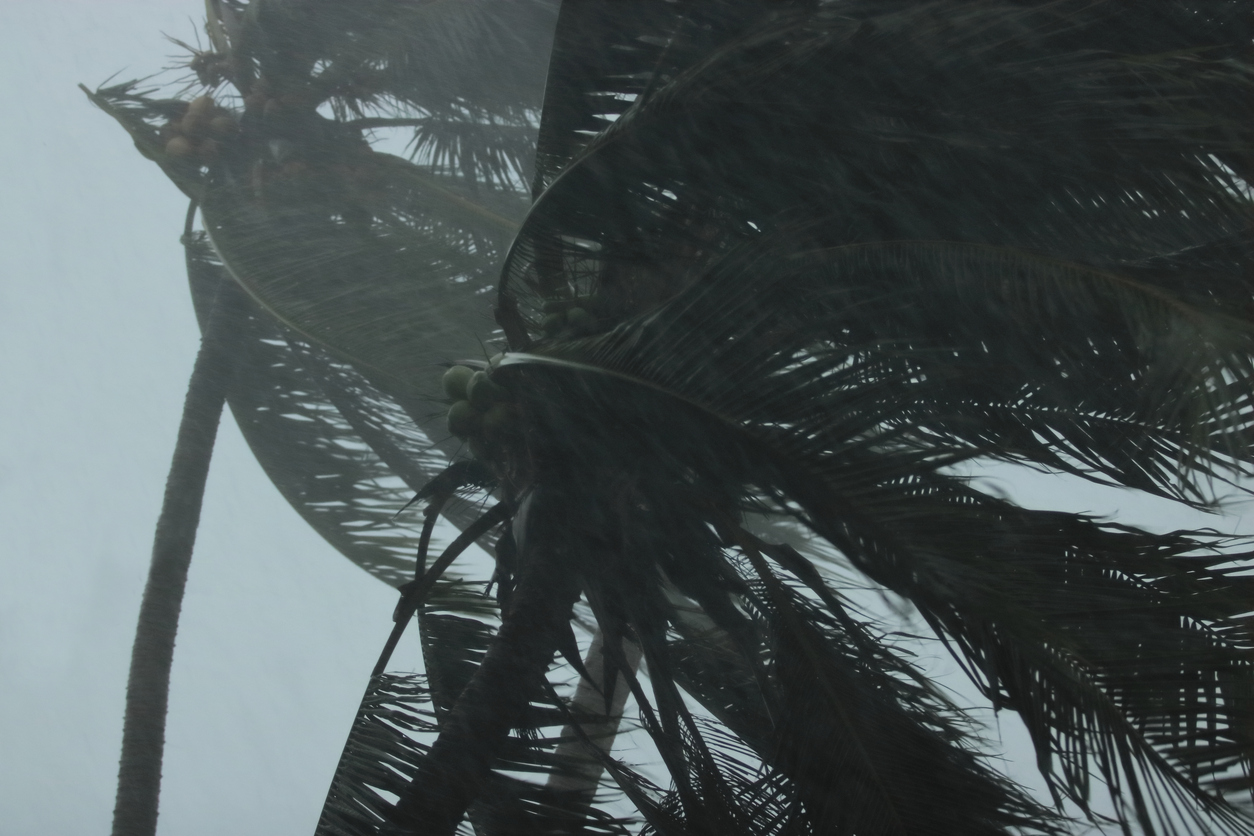The island’s long-term recovery envisions enhanced infrastructure and communities more capable of withstanding events like the 2017 hurricanes. The Government of Puerto Rico and FEMA have collaborated on several recovery projects that meet these objectives.
“This is an opportunity to rebuild the infrastructure better than before,” said Michael Byrne, FEMA’s federal coordinating officer. “Our commitment is to support Puerto Rico and to work with the government to build it back stronger.”
Below are examples of just a few planned recovery projects to move recovery forward and improve Puerto Rico communities and the people who live in them.
Advanced Warning System
The Puerto Rico Island Wide All Hazards Alert and Warning System will modernize emergency notifications for island residents. The network delivers alerts simultaneously through multiple communication devices such as sirens, mobile phones, television and radio.
The network is compatible with the Integrated Public Alert and Warning System. FEMA developed IPAWS to accelerate emergency alerts and maximize outreach by delivering to multiple platforms.
Puerto Rico’s Guajataca dam has the first warning siren in the United States that is compatible with IPAWS. The dam—part of the Lake Guajataca reservoir that supplies water to roughly 200,000 people—sustained major damage during Hurricane Maria and threatened area residents.
Enhanced Emergency Planning
Federal agencies collaborated with the Government of Puerto Rico to create regional emergency operations plans to improve healthcare services during disasters. Plans addressed Hurricane Maria’s logistical challenges by creating response strategies unique to each region’s healthcare infrastructure.
The collaboration also created the Comprehensive Disaster Assessment and Readiness Tools, or CDART, for Puerto Rico healthcare providers. The mobile app increases visibility about the island’s healthcare capabilities by allowing providers to give real-time critical information to the Puerto Rico Health Department about available services.
New Water Testing Facility
The Puerto Rico Aqueduct and Sewer Authority will repair the Caguas water testing facility that was damaged in Hurricane Maria. The structure will be repaired to modern building codes so it can better withstand hurricanes and other extreme weather events.
The Caguas facility is the largest of four water testing labs PRASA owns to ensure safe potable water for its more than 1.2 million customers across the island.
Stable Power Grid
Puerto Rico’s power grid has been stabilized after Hurricane Maria knocked out electricity throughout the island. The focus now turns to a comprehensive update to the grid.
The Puerto Rico Electric Power Authority, the Government of Puerto Rico and federal partners are drafting a masterplan to modernize the grid to current standards with the support of FEMA funds. They expect to finalize the masterplan in early 2019.
The plan is long-term and exhaustive. The result will be a strengthened power grid that reduces outages to critical infrastructure and homes after events like hurricanes and storms.
Rebuilt Schools
The Puerto Rico Department of Education has identified 64 schools damaged in Hurricane Maria as recovery priorities. The island plans to repair and modernize these schools with the support of $1.3 billion in federal funds.
Advanced construction methods will make the repaired schools more storm-resistant so they may remain open for students after severe weather events. Schools will have ecological, electricity-saving features like solar panels and classrooms constructed so that they face away from direct sunlight.
While many more recovery projects are underway, a lot has already been done to help survivors and communities recover from hurricanes Irma and Maria. Many forms of disaster help approved so far are listed below:
- Individuals and Households Program: $2.4 billion has been approved for survivors to pay for disaster-related expenses including to make home repairs and temporary help paying for a place to stay.
- Disaster Unemployment Assistance: $23.9 million has been approved for survivors whose work was affected by the 2017 hurricanes.
- Public Assistance to local governments for expenses related to disaster response and recovery: $4.8 billion.
- Community Disaster Loans: $294 million approved for 74 municipalities. CDLs are provided to local governments that suffered a substantial loss of tax and other revenues as a result of a disaster and can demonstrate a need for federal financial assistance to perform critical functions.
- The Voluntary Agencies Leading and Organizing Repair program has completed more than 2,700 home repairs. FEMA supplies building materials for free to certain volunteer groups making home repairs for disaster survivors.
- The Tu Hogar Renace program has completed more than 107,000 home repairs. The program, administered by the Government of Puerto Rico, pays for temporary repairs so survivors can shelter in place while awaiting permanent repairs.
- The U.S. Small Business Administration has approved $1.9 billion in low-interest disaster loans to homeowners, renters and businesses to make repairs or rebuild.













